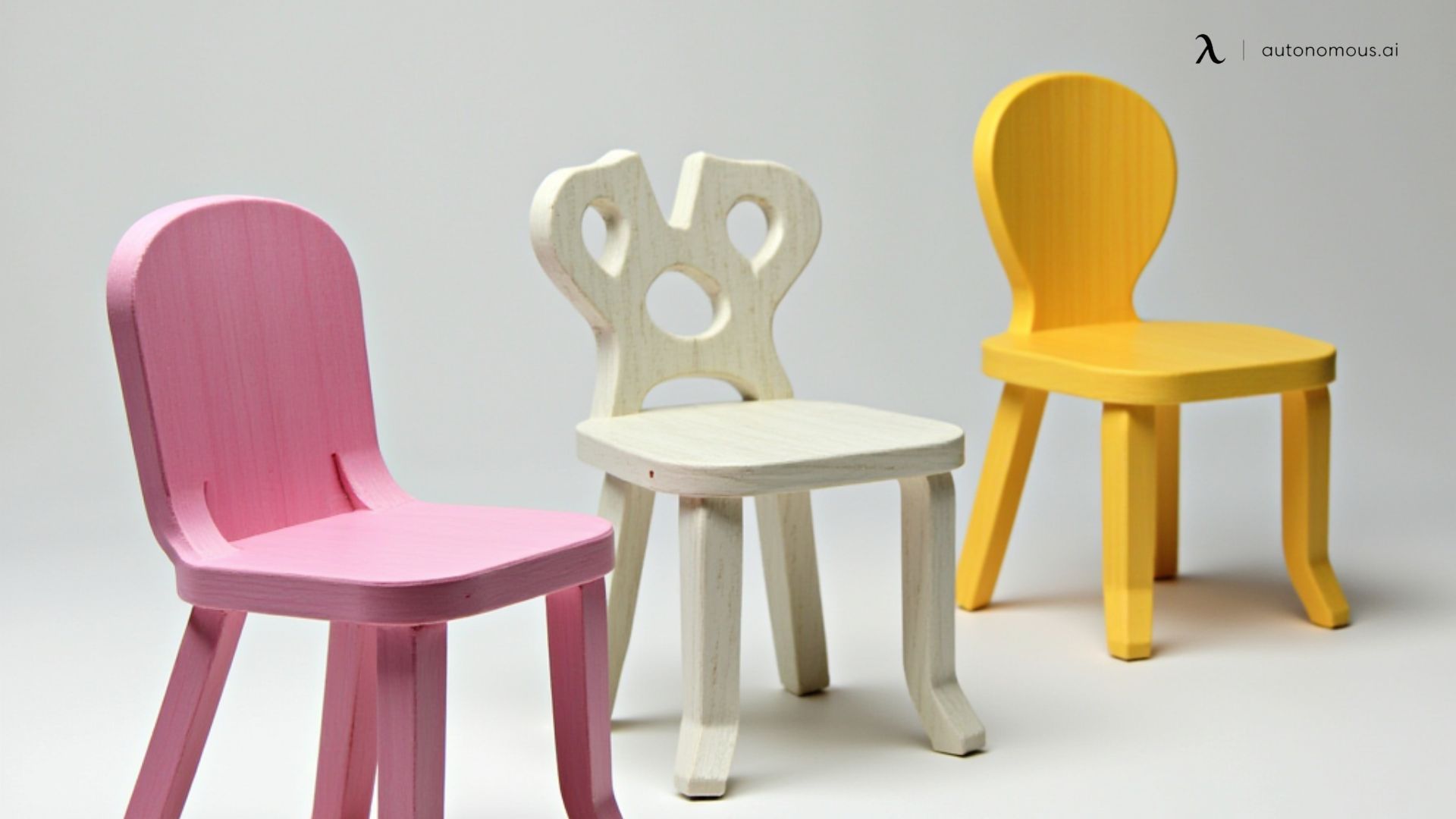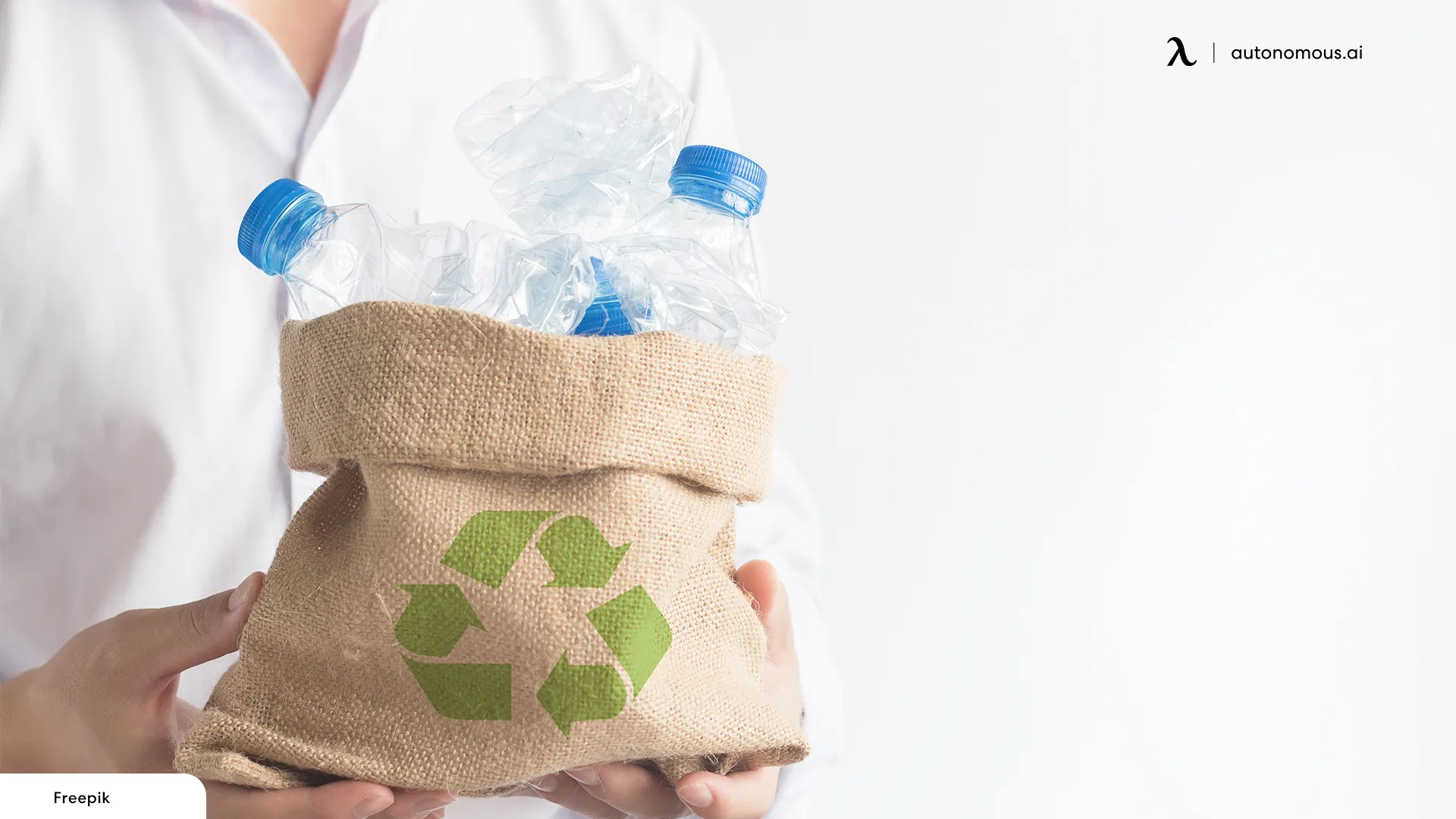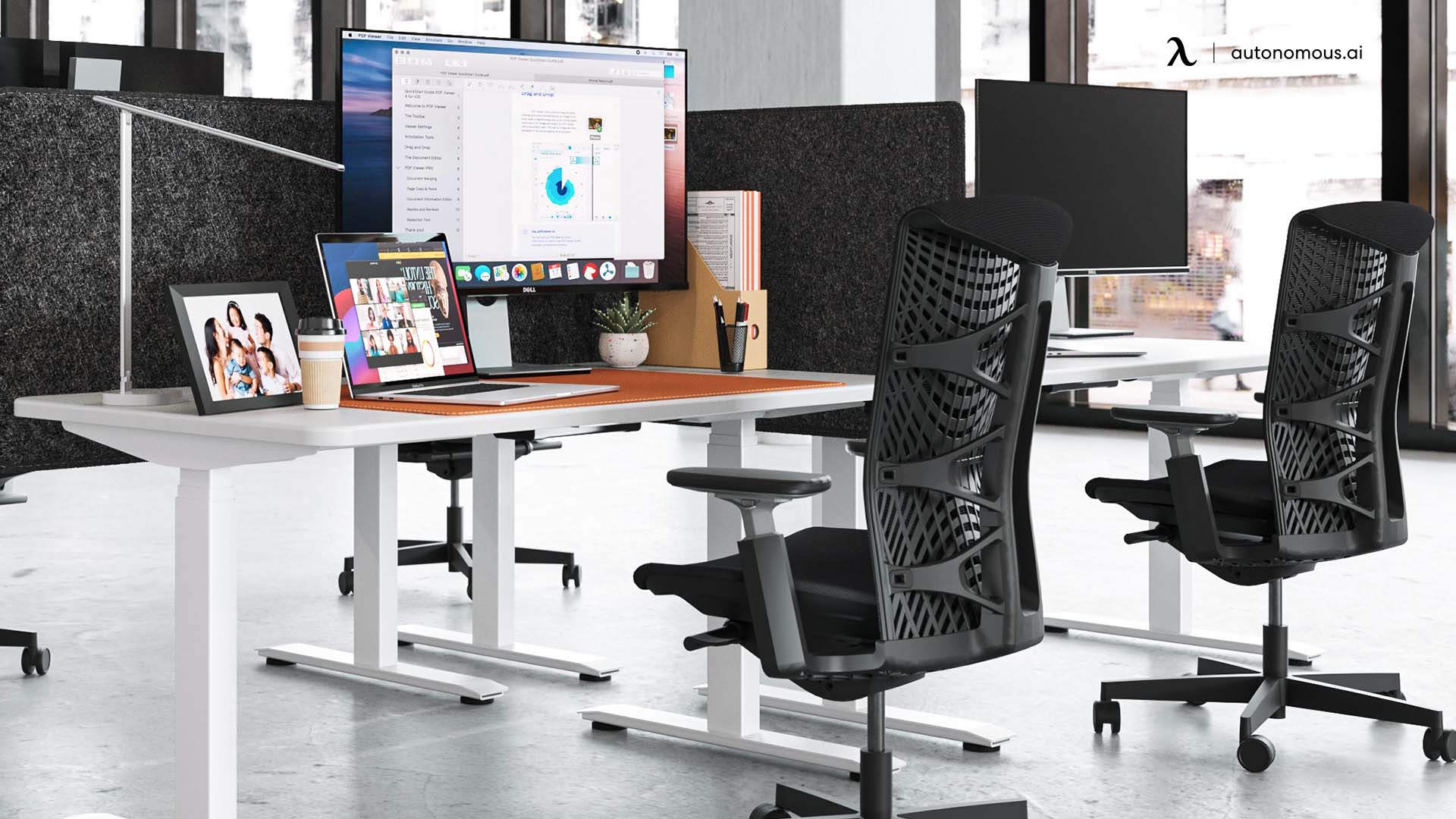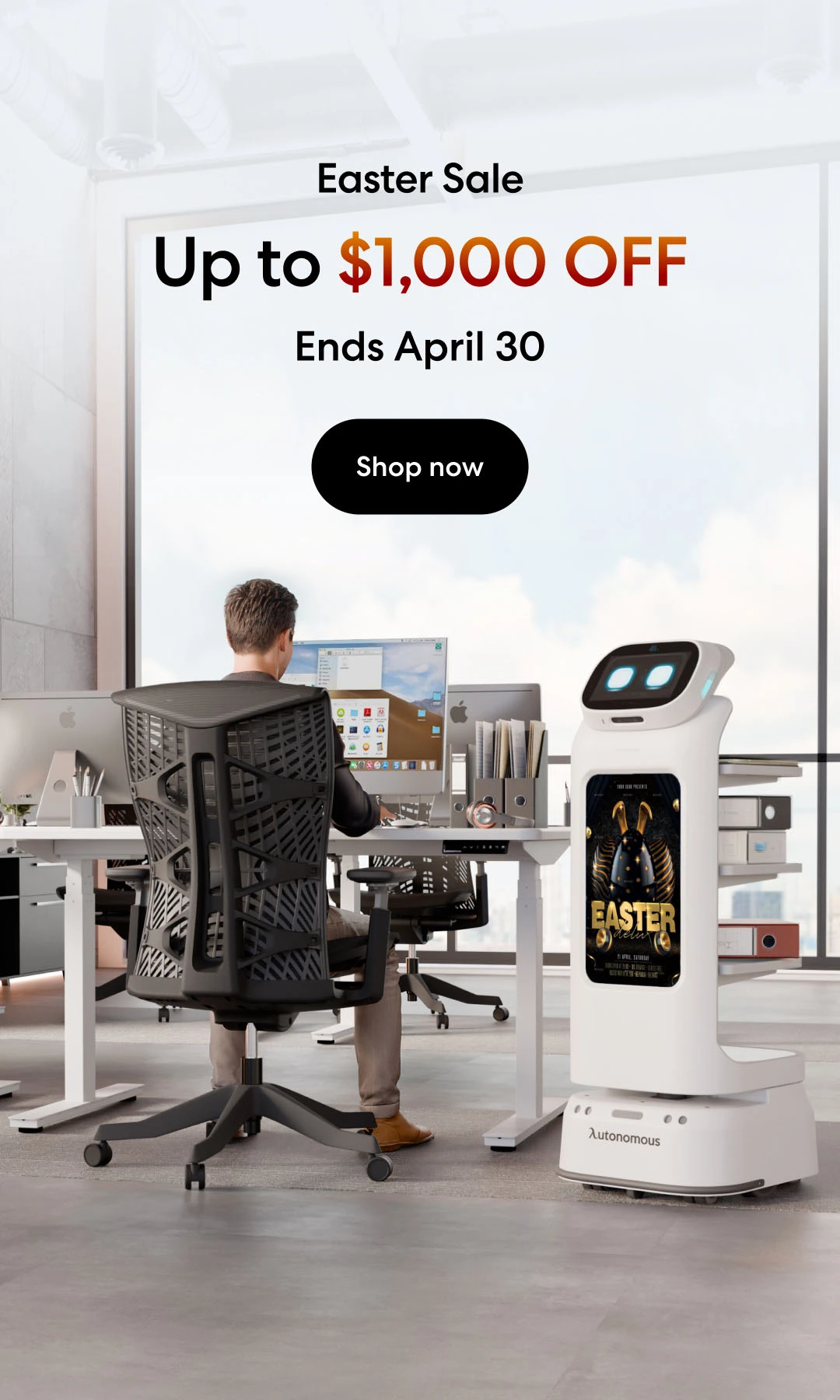
From Blueprint to Reality: The World of 3D Printed Chairs
Table of Contents
3D printing is revolutionizing industries, from healthcare to manufacturing, and now it's transforming the world of furniture design. Specifically, 3D printed chairs are offering new possibilities in comfort, customization, and sustainability.
In this blog, we'll explore how 3D printing works, its application in chair production, and the different types of 3D printed chairs available today.
What is 3D Printing?
3D printing, also known as additive manufacturing, is a process that creates three-dimensional objects by layering materials based on a digital model. The object is built layer by layer from materials such as plastic, resin, or metal. This innovative process allows for intricate designs and highly customizable products that would be difficult or impossible to achieve with traditional manufacturing methods.
3D printing has already been widely adopted in industries like aerospace, automotive, and medical device manufacturing. Now, it’s making its way into home and office furniture, with the 3D printed chair becoming a leading example of how this technology is being used to reshape everyday objects.

How 3D Printing is Used to Create Chairs
Creating a 3D printed chair begins with a digital design, or blueprint, that outlines every detail of the chair, from the shape of the seat to the structure of the backrest. Once the design is finalized, the 3D printer begins the process of building the chair layer by layer, using materials such as polymers, resins, or even metal. Each layer is carefully fused together, creating a sturdy and intricate structure.
The advantage of using 3D printing in furniture design is that it allows for greater customization and efficiency. Designers can create unique chairs tailored to specific ergonomic needs or aesthetic preferences without the limitations of traditional manufacturing. This is particularly beneficial when creating office furniture, where comfort and support are paramount for long hours of sitting.
Types of 3D Printed Chairs
There are several types of 3D printed chairs available, each offering different benefits in terms of design, functionality, and customization. Let’s explore the main categories:
1. Full-body 3D Printed Chairs
Full-body 3D printed chairs are made entirely using 3D printing technology, from the seat to the backrest and even the armrests. These chairs showcase the full potential of 3D printing, offering unique, futuristic designs that are impossible to create using traditional methods. Full-body 3D printed chairs are known for their structural integrity and innovative aesthetics.
2. Hybrid Chairs
Hybrid chairs combine 3D printed parts with traditional materials such as wood, metal, or fabric. For example, the seat or backrest may be 3D printed, while the frame or legs are made from metal or wood. This approach leverages the strengths of both materials, offering the best of both worlds: the customization of 3D printing with the stability of traditional materials.
3. Modular 3D Printed Chairs
Modular chairs are another exciting development in 3D printed furniture. These chairs are designed with interchangeable parts that can be assembled and reassembled in different configurations. This allows users to customize the chair dimensions, such as height, seat shape, or even its aesthetic, offering versatility and adaptability.
4. Customizable 3D Printed Chairs
Customization is one of the greatest advantages of 3D printed chairs. Designers can create chairs tailored to the specific needs of the user, such as ergonomic chairs for people with back pain or unique designs that fit an individual’s style preferences. This level of customization is difficult to achieve with traditional manufacturing methods, making 3D printed furniture an ideal solution for anyone seeking a personalized touch in their home or office.

Materials Used for 3D Printed Chairs
3D printing technology offers a wide range of materials that can be used to create chairs. The choice of material depends on factors such as desired strength, durability, aesthetics, and cost.
Thermoplastics
Thermoplastics are the most widely used material in 3D printing, particularly for 3D printed chairs. These materials are popular because they can be melted, molded, and cooled multiple times, making them highly versatile and efficient for the 3D printing process. Some of the most common thermoplastics used in chair production include:
PLA (Polylactic Acid)
PLA is a biodegradable thermoplastic derived from renewable resources like corn starch or sugarcane. It’s commonly used in 3D printing because it’s easy to work with and produces high-quality finishes. PLA is well-suited for creating intricate designs and is often used in hybrid or decorative parts of chairs. However, its strength is lower compared to other thermoplastics, so it’s typically used for non-load-bearing parts like armrests or backrests.
ABS (Acrylonitrile Butadiene Styrene)
ABS is another popular thermoplastic due to its toughness and resistance to impact. It’s more durable than PLA, making it suitable for load-bearing parts of chairs, such as the seat and frame. ABS also has good thermal stability, which means it can withstand higher temperatures without deforming, making it ideal for long-term use in home and office furniture.
PETG (Polyethylene Terephthalate Glycol-Modified)
PETG combines the benefits of PLA and ABS, offering a balance between strength and flexibility. It’s more durable than PLA but easier to print than ABS, making it a versatile choice for 3D printed furniture. PETG is also highly resistant to moisture and chemicals, which makes it a good option for chairs that might be used in environments where exposure to liquids or harsh substances is common.

Liquid Polymers
Liquid polymers are an advanced material used in cutting-edge 3D printing technologies. These polymers are typically used in processes like stereolithography (SLA) or digital light processing (DLP), where light is used to cure liquid resin into solid layers. This technique allows for extremely precise designs and complex structures that are difficult to achieve with traditional methods.
Liquid polymers used in 3D printed chairs often fall into the elastomer category, which offers high flexibility and elasticity. These materials are ideal for parts of chairs that need to move and adapt to the user’s body, such as the seat padding or backrest.

Metals
Although less common in the realm of 3D printed chairs, metals are sometimes used for structural components that require extra strength. Metal 3D printing is typically more expensive and complex, but it’s highly beneficial for specific parts that must withstand high loads or offer extreme durability.
Biodegradable and Sustainable Materials
As sustainability becomes a growing concern in the furniture industry, biodegradable and eco-friendly materials are being developed for 3D printed chairs. These materials aim to reduce waste and environmental impact while still providing high-quality, durable furniture.
Biodegradable PLA
As mentioned earlier, PLA is derived from renewable resources and is biodegradable. This makes it an eco-friendly option for 3D printed furniture. PLA chairs are becoming increasingly popular for consumers who want to make environmentally responsible choices without sacrificing style or comfort.
Recycled Plastics
Another sustainable option is using recycled plastic materials in 3D printing. By repurposing plastic waste, manufacturers can create new furniture pieces while reducing their environmental footprint. These chairs offer the same strength and versatility as traditional thermoplastics, but with a focus on sustainability.

The materials used in 3D printed chairs are pivotal in determining the comfort, durability, and overall aesthetic of the furniture. From the flexibility of thermoplastics and resins to the strength of composites and metals, each material offers unique benefits that cater to different design needs. As technology advances, we can expect to see even more innovation in the materials used for 3D printed furniture, with a greater focus on sustainability and customization.
Applications of 3D Printed Chairs
3D printed chairs are incredibly versatile and are being used in a wide range of environments. Here are some of the key applications:
1. Home Furniture
3D printed chairs are increasingly popular as home furniture. Their unique designs and customizable features make them an ideal choice for modern living rooms, dining areas, and even outdoor spaces. Homeowners can design chairs that fit their decor perfectly or meet specific ergonomic needs, providing both style and comfort.
2. Office Furniture
In the world of office furniture, 3D printed chairs offer significant advantages. Office chairs can be designed for optimal ergonomics, ensuring that users can sit comfortably for extended periods. The ability to customize these chairs makes them especially appealing for office environments, where every worker may have different posture or comfort needs.

3. Public Spaces
Public spaces, such as parks, libraries, and airports, are also starting to incorporate 3D printed chairs. These chairs can be designed for durability, as well as aesthetic appeal, allowing designers to create functional seating that fits into the overall architectural style of the space.
4. Custom Furniture for Individuals with Disabilities
One of the most exciting applications of 3D printed furniture is in creating custom chairs for individuals with disabilities. With 3D printing, designers can create chairs that meet specific physical requirements, such as providing additional support for those with mobility issues. This level of customization ensures that everyone has access to comfortable, functional seating that enhances their quality of life.

3D printed chairs represent a leap forward in furniture design, offering new possibilities for customization, comfort, and sustainability. From full-body 3D printed chairs to hybrid and modular designs, the world of 3D printed furniture is reshaping the way we think about seating.
As the technology advances, we can expect to see even more innovations, which is already setting new standards in ergonomic support and long-lasting comfort. Whether you’re furnishing your home, office, or public space, 3D printed chairs offer a glimpse into the future of design and functionality.
Bleiben Sie mit uns in Verbindung!
Abonnieren Sie unsere wöchentlichen Updates, um über unsere neuesten Innovationen und Community-Neuigkeiten auf dem Laufenden zu bleiben!
Interesse an einer Linkplatzierung?
Sag es weiter
.svg)



/https://storage.googleapis.com/s3-autonomous-upgrade-3/production/ecm/230914/bulk-order-sep-2023-720x1200-CTA-min.jpg)

/https://storage.googleapis.com/s3-autonomous-upgrade-3/production/ecm/230824/Mark-074a7a11-ff01-44fd-a204-55d192ab5798.jpg)